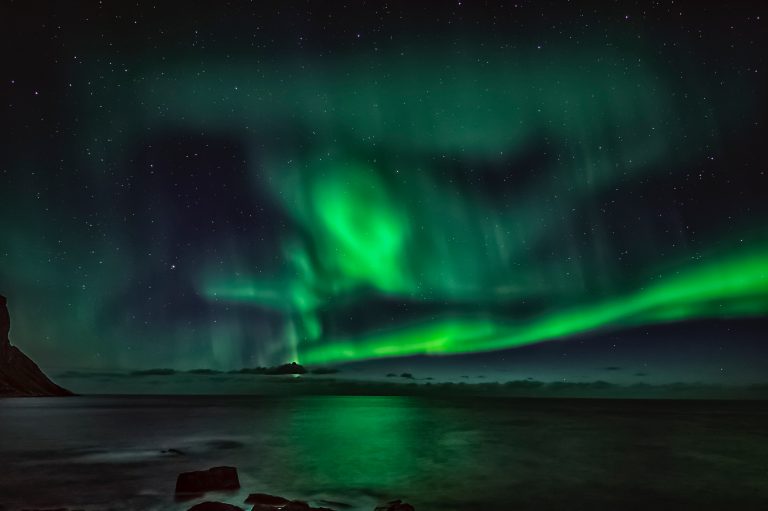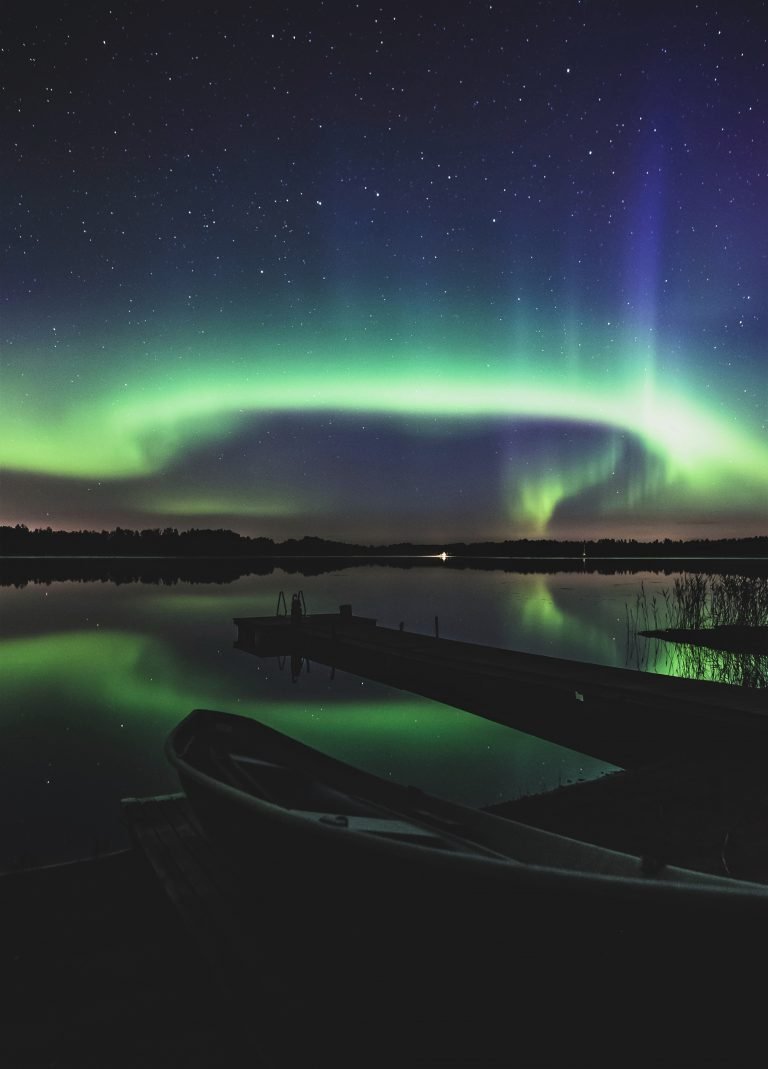
Let’s get to know the beautiful Aurora
What Is an Aurora?
In the event that you’re ever close to the North or South Shaft, you will be in for a really special treat. Habitually there is excellent light appears within the sky. These lights are called auroras. On the off chance that you’re close to the North Pole, it is called an aurora borealis or northern lights. On the off chance that you’re close to the South Pole, it is called an aurora australis or the southern lights.
What makes this happen?
Indeed in spite of the fact that auroras are best seen at night, they are really caused by the Sun. The Sun sends us more than warm and light; it sends parts of other vitality and little particles our way. The defensive attractive field around Soil shields us from most of the vitality and particles, and we don’t indeed take note of them.
But the Sun doesn’t send the same sum of vitality all the time. There’s a steady gushing sun based wind and there are too sun oriented storms. During one kind of sun based storm called a coronal mass launch, the Sun burps out a tremendous bubble of zapped gas that can travel through space at tall speeds
When a sun oriented storm comes toward us, a few of the vitality and little particles can travel down the attractive field lines at the north and south posts into Earth’s atmosphere.
There, the particles associated with gasses in our environment coming about in wonderful shows of light within the sky. Oxygen gives off green and ruddy light. Nitrogen gleams blue and purple.

Where can you see Aurora from?
In a perfect world, the leading places from which to watch the Aurora Borealis are in separated ranges distant absent from the glare of the city where there’s small to no so-called “light pollution.” In geographic terms, your chances of seeing the Northern Lights are best within the belt-like range a few 1,500 to 2,000 miles absent from the attractive North Pole. Other regions in which to require in this special common event can be found in northwestern portions of Alaska and Canada as well as in certain areas in an array of northern states counting Minnesota, Maine, and North Dakota.
- Alaska
There’s no question that the more distant north you go, the way better your chances are of seeing the amazing Northern Lights. Alaska, suitably nicknamed The Last Frontier State, is the northernmost state within the US and the most excellent put in America to see this awe-inspiring normal light appear. The perfect time to spot the Aurora Borealis in Alaska is from the center of September to late April. The normal wonder crests amid the month of Walk. The ideal area from which to see the Northern Lights is at a scope of between 65 and 70 degrees north.
Specific communities from which to witness the Aurora Borealis inside the state of Alaska incorporate the previous gold surge town of Fairbanks, the separated locale of Coldfoot, and Utqiaqvik (once in the past known as Barrow).

- Canada
The finest places in Canada in which to see the Aurora Borealis are within the Yukon, Nunavut, and the Northwest Territories. In spite of the fact that the marvel can be seen here year-round, the crest seeing period happens between the months of December and March.

- Other Parts of the US
In spite of the fact that there have been detailed sightings of the Aurora Borealis as distant south as New Orleans, Louisiana, more northerly districts are ideal for seeing this common wonder. Toward the conclusion of the spring season, the Northern Lights have been watched in Montana’s Glacier National Park. They have moreover been located in northeastern Cook County in Minnesota during the late drop until early within the springtime. Around this same time period, Aurora Borealis has moreover been watched near Headlands International Dark Sky Park, found in Michigan’s Upper Peninsula, as well as in Grand Fork, North Dakota, the Idaho Dark Sky Save within the state of Idaho, and in Maine’s Aroostook National Natural life Asylum.

Do other planets get auroras?
They beyond any doubt do! Auroras are not fair, something that happens on Earth. In the event that a planet has an air and magnetic field, they likely have auroras. We’ve seen astonishing auroras on Jupiter and Saturn.

